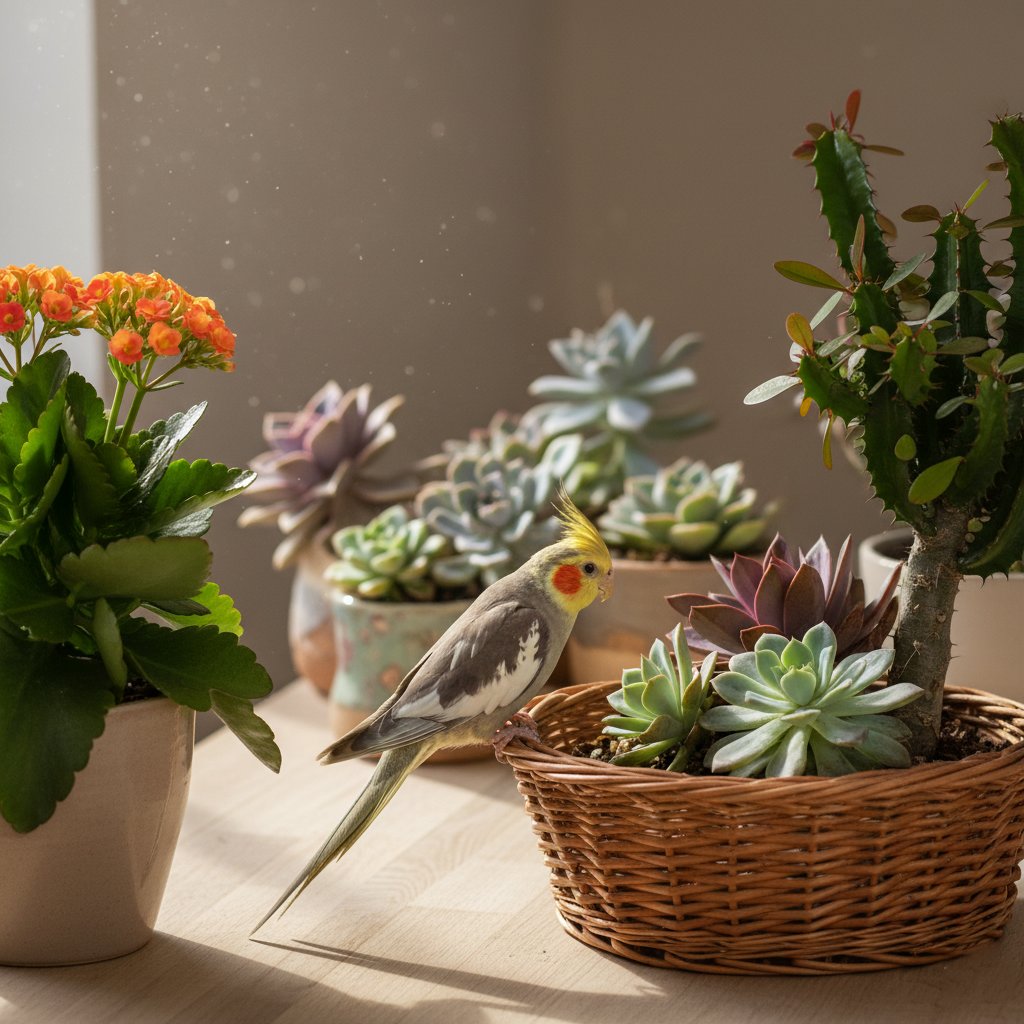Succulents To Avoid If You Have Birds
Succulents bring color and texture to your home, but not all of them are safe for your feathered companions. Some species contain compounds that can irritate or harm birds if nibbled or ingested. You should avoid toxic succulents like kalanchoe and euphorbia varieties because they can cause serious health problems for birds.
You might think a small bite from a plant won’t matter, but birds are highly sensitive to certain natural chemicals. Even mild toxins can lead to digestive upset or more severe reactions. Knowing which succulents to keep out of reach helps you create a safe and healthy space for your pets.
By learning which succulents to avoid and which ones are safe alternatives, you can enjoy your plants without worry. The next sections explain why some succulents are harmful, which ones pose risks, and which bird-safe options look just as beautiful.
Why Certain Succulents Can Be Harmful to Birds
Some succulents contain natural chemicals that protect the plant but can harm birds if eaten or chewed. Even mild exposure can irritate a bird’s mouth or digestive system, and larger amounts may cause serious illness that requires care from an avian veterinarian.
Common Toxic Compounds in Succulents
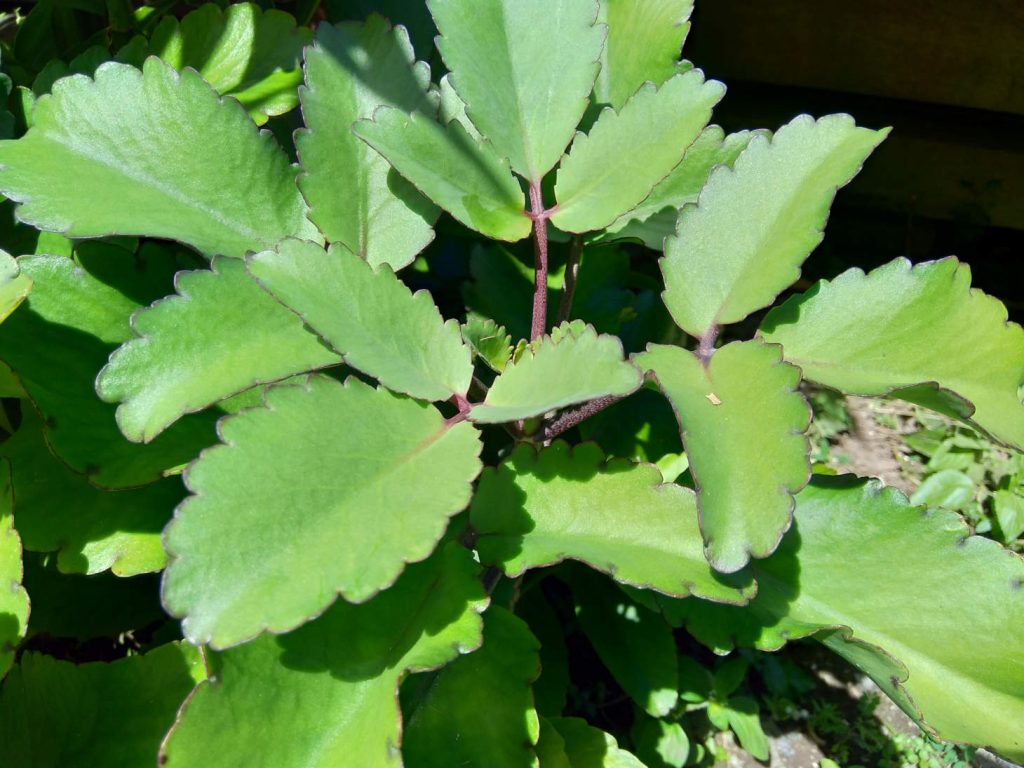
Many succulents produce alkaloids, glycosides, and saponins that act as natural defenses. These compounds can irritate tissues, upset digestion, or affect the heart and liver in birds.
For example:
| Compound Type | Potential Effect on Birds | Found In |
|---|---|---|
| Cardiac glycosides | Affects heart rhythm | Kalanchoe, Bryophyllum |
| Alkaloids | Irritates the mouth and stomach | Euphorbia species |
Even small amounts of sap from these plants can cause harm. Birds often chew or shred leaves out of curiosity, which increases the chance of exposure. You should identify each plant in your home and confirm whether it contains any of these compounds before placing it near birds.
Risks of Ingestion and Exposure
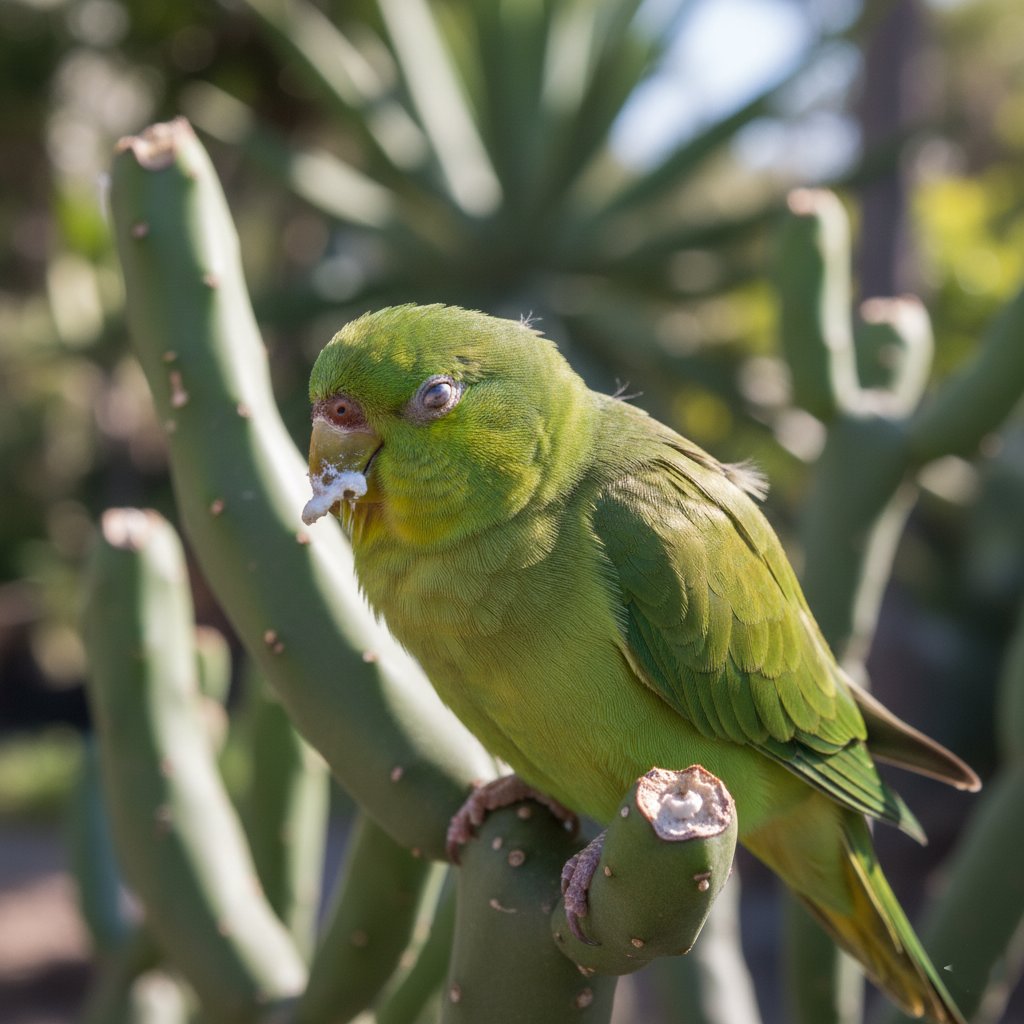
Birds may not always swallow plant material but can still absorb toxins through their mucous membranes or wounds. The milky sap in some succulents, like Euphorbia, can stick to feathers or beak surfaces, leading to irritation or infection.
Ingestion poses the highest risk. Birds have fast metabolisms and small bodies, so even trace amounts of toxic sap can cause a strong reaction.
Indirect exposure also matters. If you handle a toxic plant and then feed or touch your bird, residues can transfer. Always wash your hands and tools after working with plants. Keep questionable species in separate rooms or use hanging planters out of reach.
Symptoms of Plant Toxicity in Birds
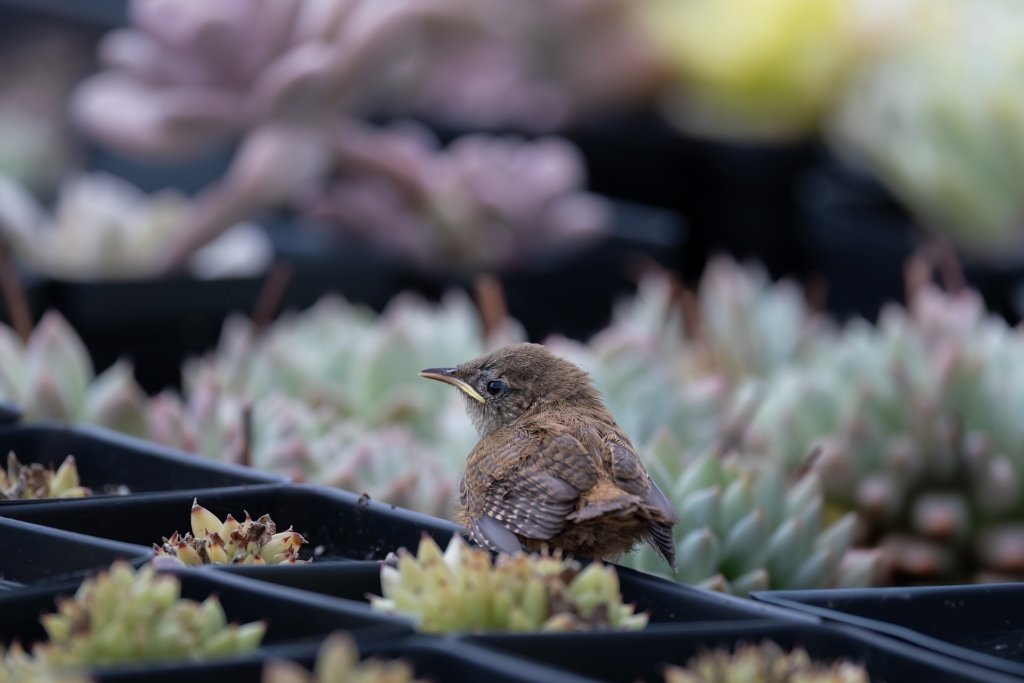
Toxicity signs may appear within minutes or hours. Watch for drooling, vomiting, diarrhea, tremors, or lethargy. Birds might also rub their beaks due to mouth irritation.
Severe cases can involve difficulty breathing, seizures, or collapse. These symptoms require immediate attention from an avian veterinarian.
If you suspect poisoning, remove the plant, isolate your bird from the area, and contact a professional right away. Bring a sample of the plant to help with diagnosis and treatment.
Succulents to Avoid If You Have Birds
Some succulents contain sap or compounds that can irritate or poison birds if chewed or ingested. You should know which types pose the most risk so you can keep your bird’s environment safe and healthy.
Euphorbia Species and Their Hazards
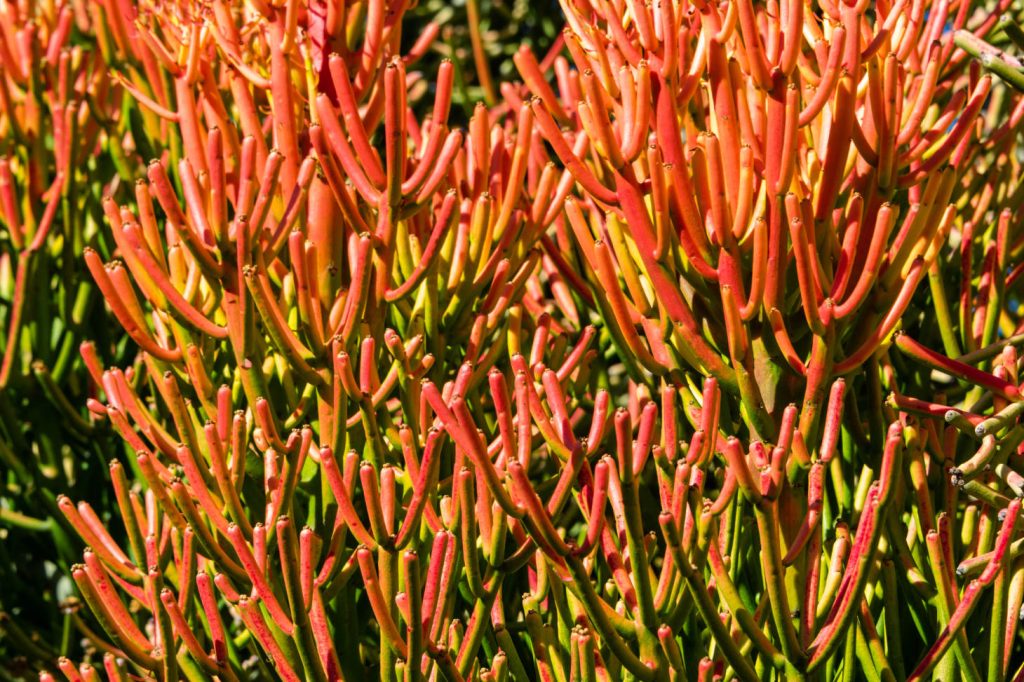
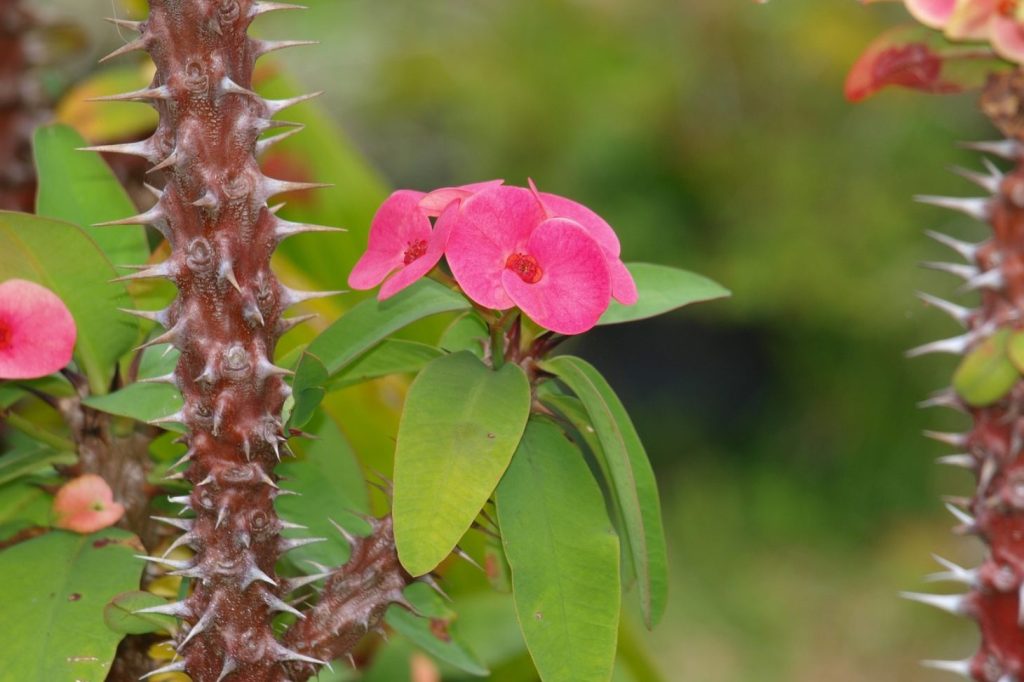
Euphorbia plants, such as Euphorbia tirucalli (Pencil Cactus) and Euphorbia milii (Crown of Thorns), produce a white, milky sap that is highly irritating. This latex-like fluid can burn a bird’s mouth, eyes, or skin. Even brief contact may cause redness, swelling, or difficulty breathing if ingested.
You should avoid placing Euphorbias near cages or play areas. Birds often chew on stems or leaves out of curiosity, and a small bite can be harmful.
Key risks include:
- Toxic latex sap
- Chemical irritation to the digestive tract
Wash your hands after handling these plants, and never allow your bird near freshly cut stems or leaves.
Bird-Safe Succulents and Lookalikes
Some succulents and similar plants are safe to keep around birds when chosen carefully. You can reduce risk by selecting non-toxic species, keeping plants clean, and watching how your bird interacts with them. The following examples highlight common choices that balance safety and easy care.
Aloe Vera and Its Benefits
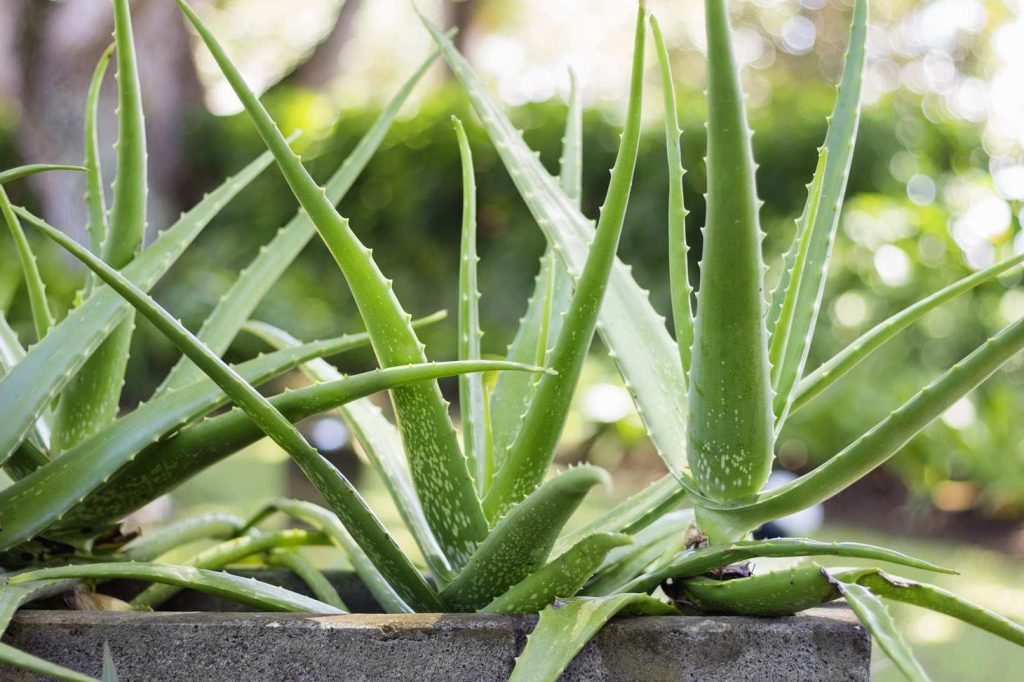
Aloe vera is often praised for its healing gel, but the full plant can be risky for birds. The latex found under the leaf skin contains compounds that may cause stomach upset if eaten. You should keep the plant out of reach even though the gel itself is not usually harmful in small amounts.
If you want a similar look without the risk, try Haworthia. This small, spiky succulent resembles aloe but lacks the toxic latex. It grows well indoors, needs little water, and stays compact.
Care tips:
- Place in bright, indirect light.
- Water only when the soil is dry.
- Wipe leaves to allow for proper light absorption and gas exchange.
Burro’s Tail and Zebra Plant Safety
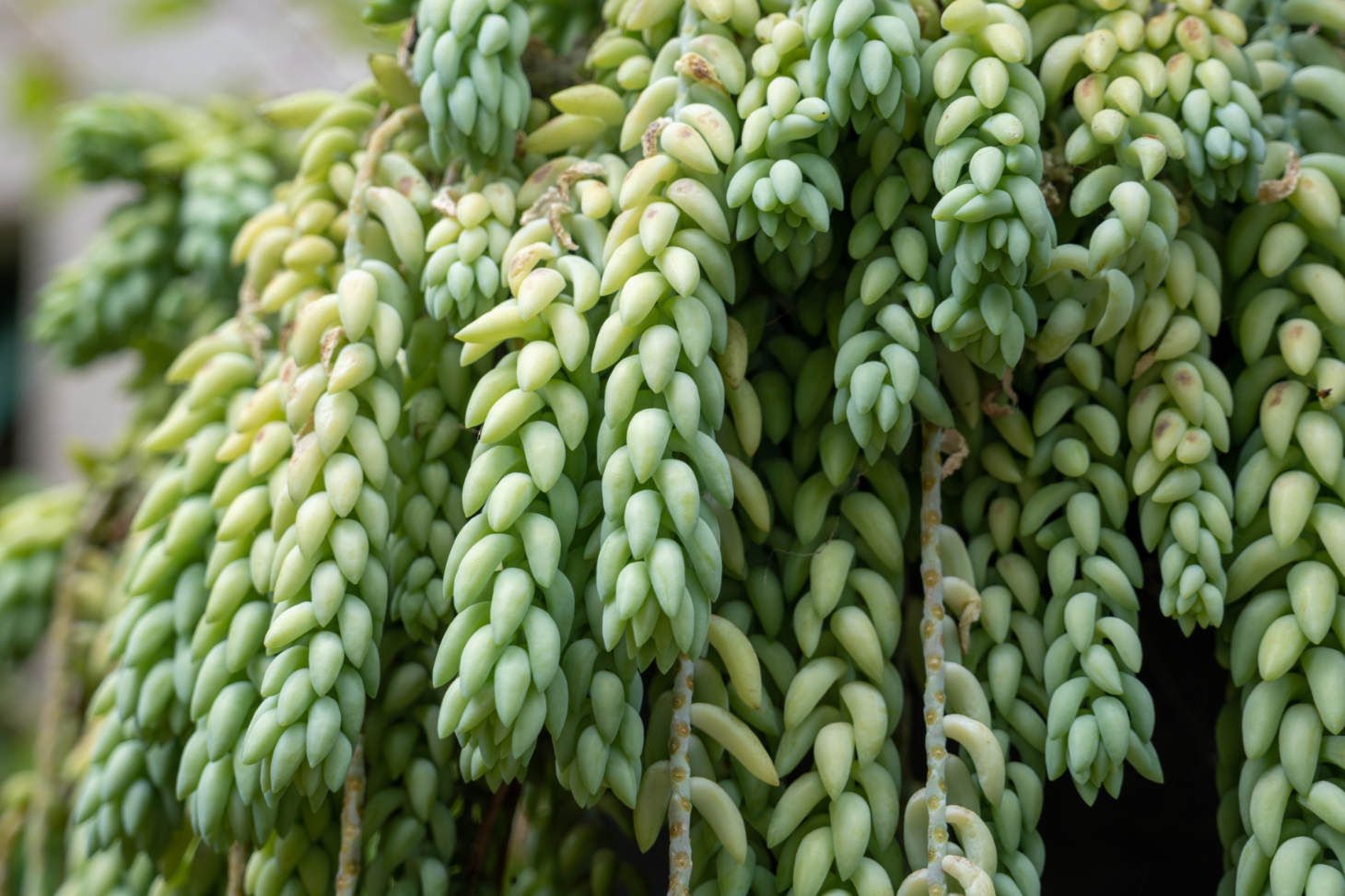
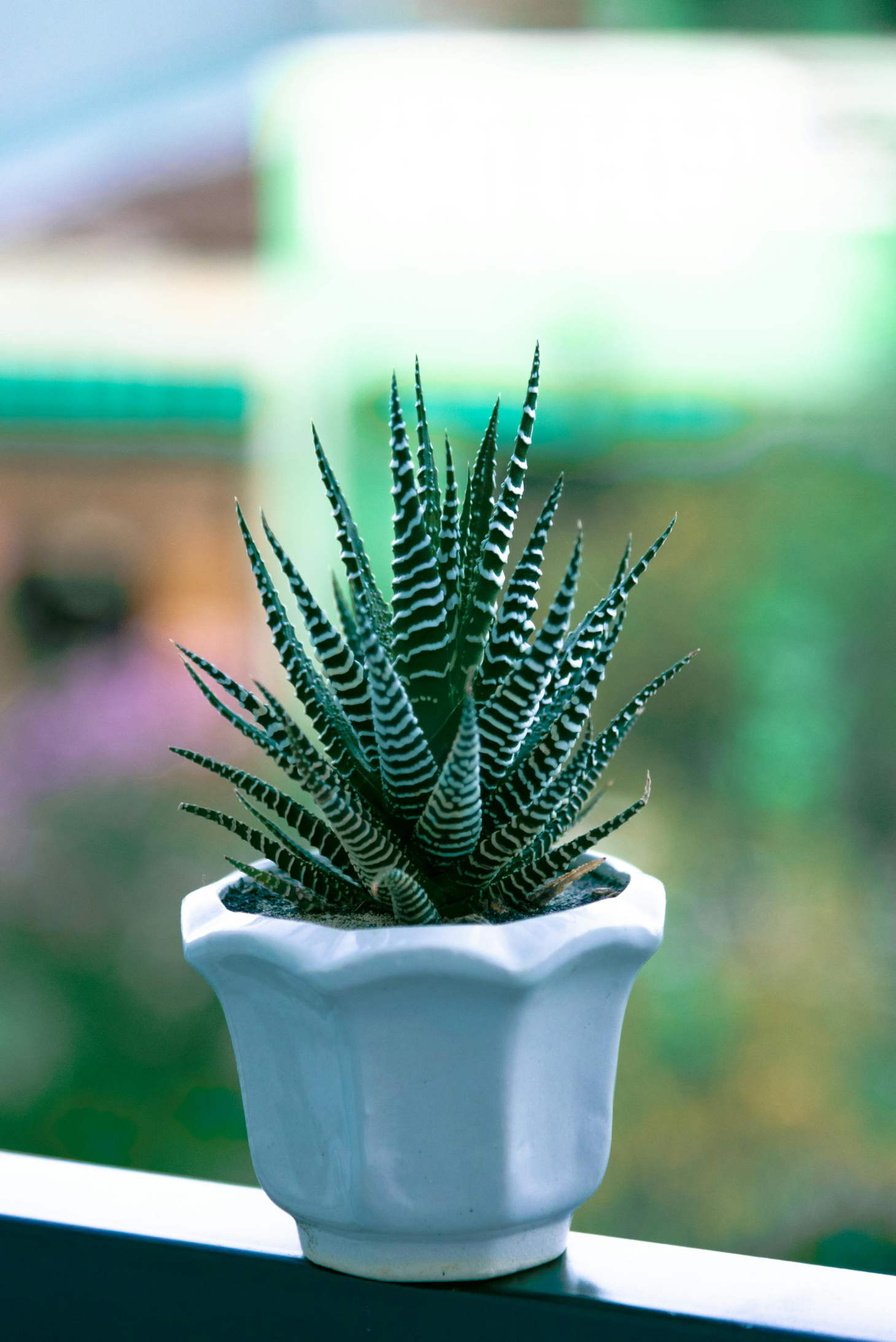
Burro’s tail (Sedum morganianum) has trailing stems and plump leaves, is considered non-toxic and safe for birds. The leaves fall easily, so sweep them up to keep curious birds from tasting them.
Haworthiopsis fasciata, a small striped succulent, is bird-safe.
Peperomia
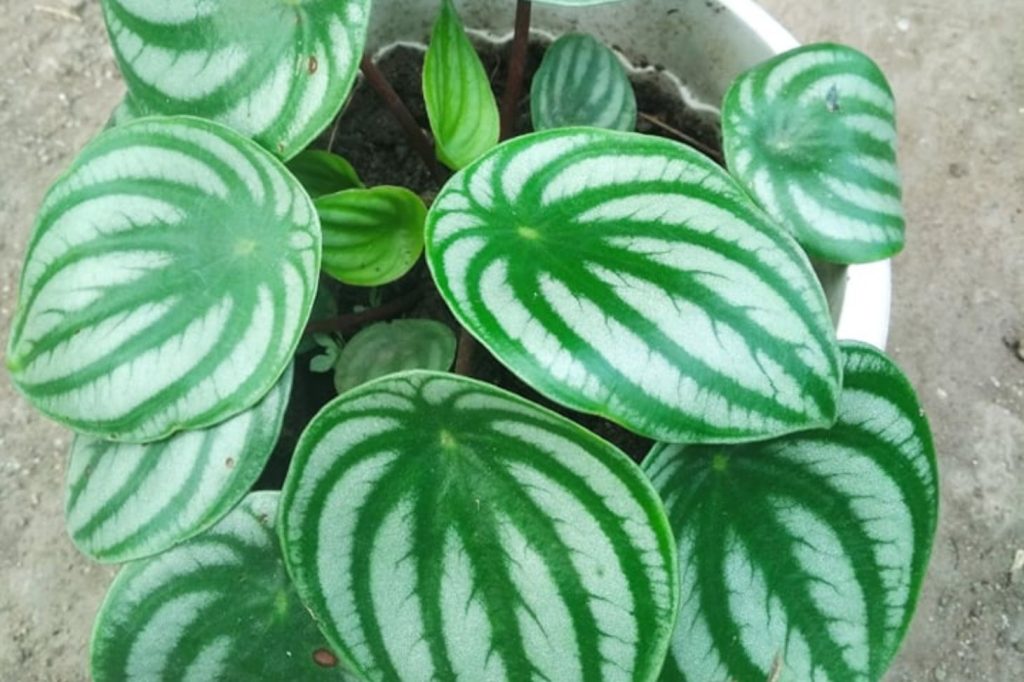
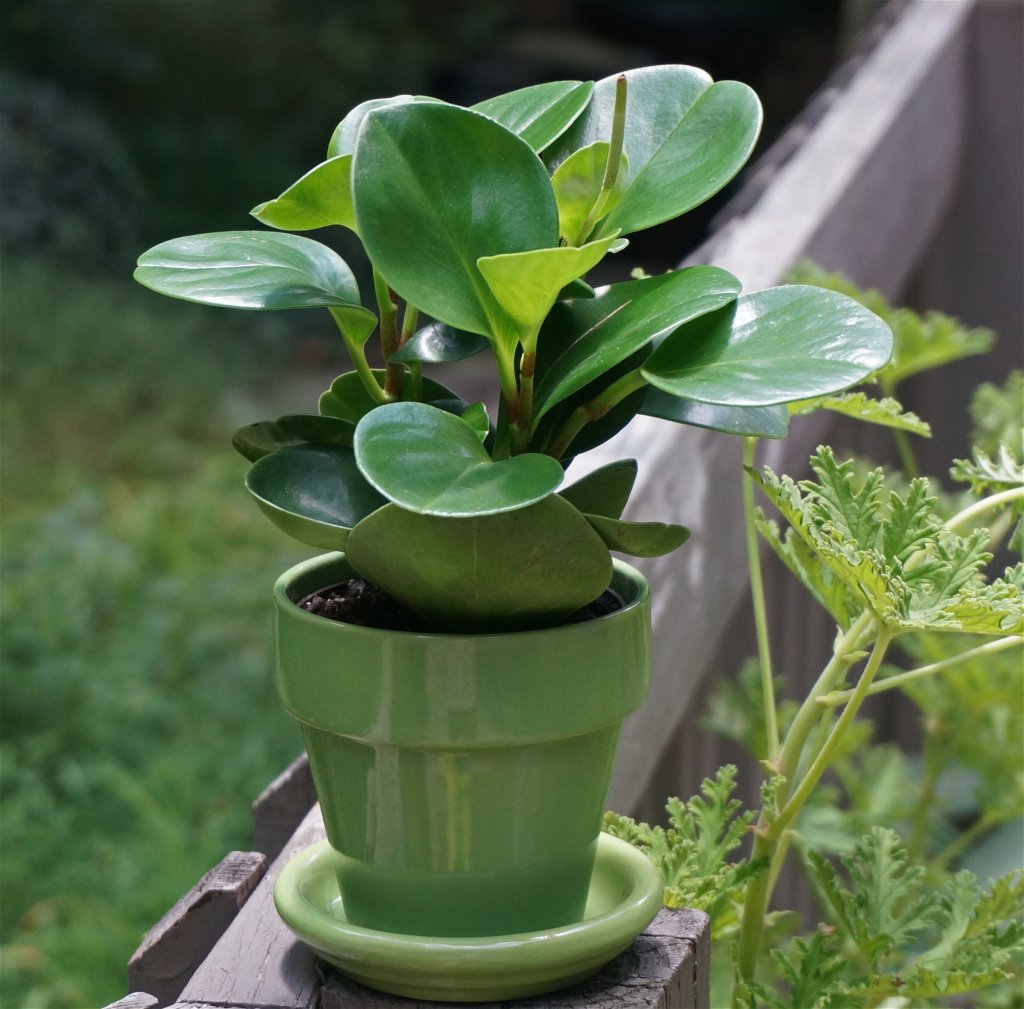
Peperomia species are popular for their thick, waxy leaves and are generally safe for birds. They tolerate low light and don’t release harmful sap. You can place them in hanging pots or on shelves near bird areas.
To maintain plant health and reduce the risk of mold, provide good air circulation and avoid overwatering. Use clean water and avoid chemical fertilizers that could leave residue on leaves your bird might touch.
Jade Plant Considerations
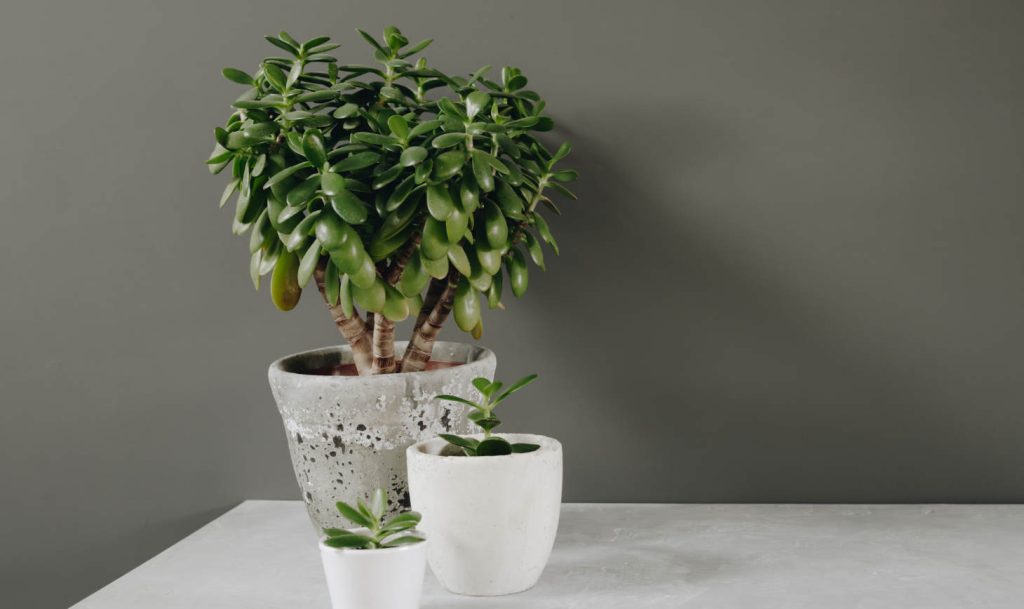
The jade plant (Crassula ovata) is a common houseplant with thick, glossy leaves. It is generally considered non-toxic and bird-safe and can be kept near pets.
If you like the jade plant’s look, consider Portulacaria afra (also called elephant bush). It appears almost identical but is non-toxic and bird-safe.
Comparison:
- Crassula ovata → Generally safe for birds.
- Portulacaria afra → Safe; similar appearance and care.
Water sparingly, provide bright light, and keep any fallen leaves out of reach to maintain a safe space for your bird.

